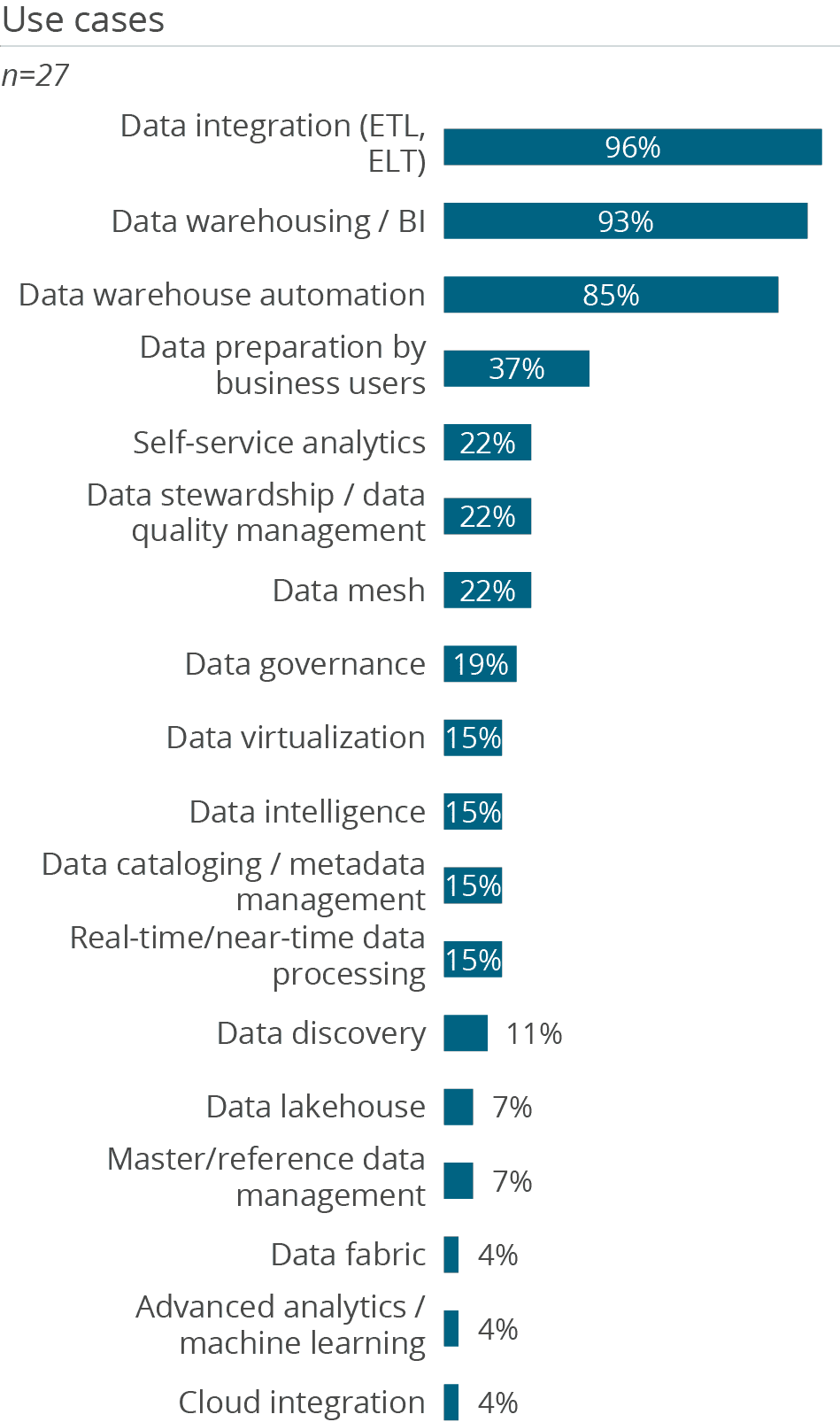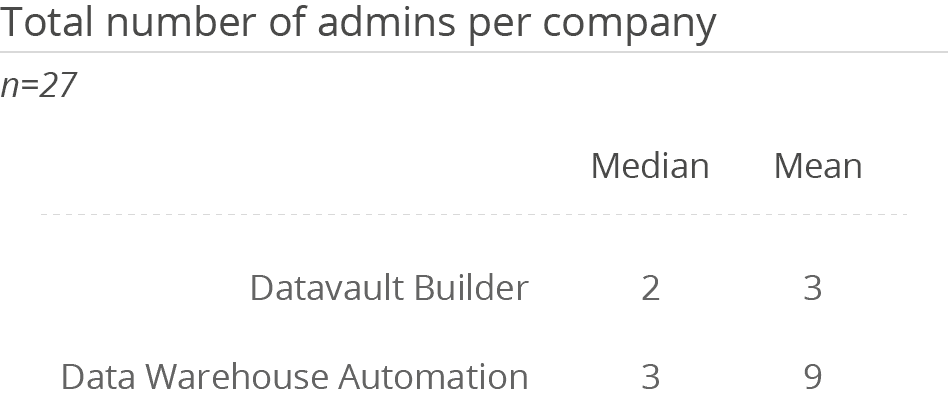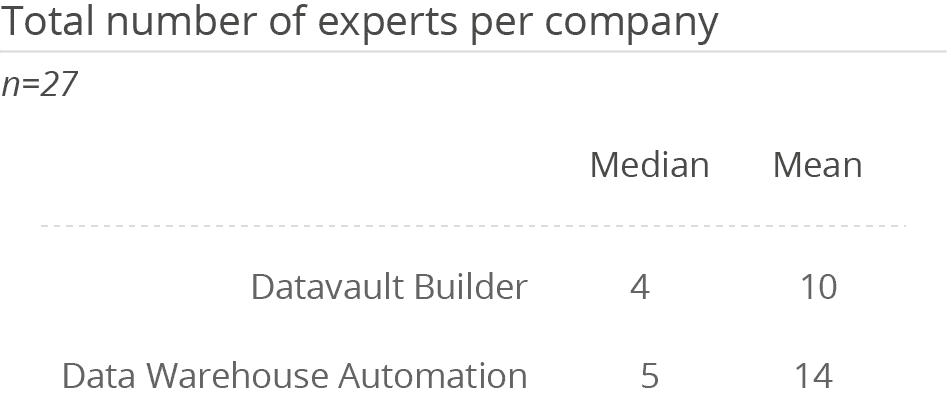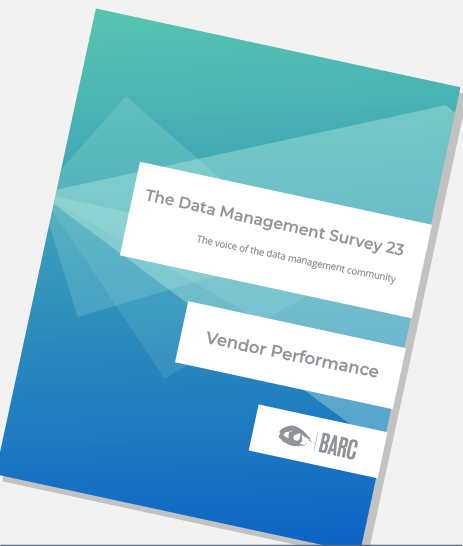Datavault Builder
2150 Datavault Builder is a data warehouse automation software vendor. In all, twelve data warehouse experts drive the development of the Datavault Builder product with support from its partner Ventum Consulting, which employs 130 people. The tool is used in 180 installations on three continents. Implementation is also supported by 50 implementation partners.
The solution focuses on automating the full development, deployment and operations cycle of a data warehouse. It aims to reduce development time, project risk and maintenance costs in order to increase customer efficiency. Predefined templates support users in building not only data vault models, but also relational or multidimensional models, flat tables and even in providing data products based on data consumers’ needs. At the same time, the product ensures transparency through auditing and historization including features such as data lineage. In addition, the system documents the resulting data warehouse.
The vendor has worked extensively on systems adaptability in the customer infrastructure. Datavault Builder is based on Docker containers and can be deployed on platforms of the customer’s choosing. The tool itself consists of a server and a web-based interface for the creation of data models. Instead of using its own metadata repository, 2150 decided to integrate the generated logic directly into the target database. Those include Postgres, Microsoft SQL Server and Azure Synapse, Oracle Database, Exasol and Snowflake. That means that Datavault Builder only acts as a modeling environment – code is executed in the target.
The tool provides a user-friendly interface with guided processes. For development support, it also integrates well with customers’ development processes and tools. For example, it integrates with versioning tools such as SVN and GIT as well as scheduling and monitoring tools including UC4 and BMC Control-M.
In terms of connectivity, Datavault Builder relies on market standards. It connects to several native-supported sources, JDBC-capable databases, some NoSQL databases, Python classes and various file formats as well as REST APIs.
Recent updates to the tool have included Azure Synapse support, refactoring of the deployment module allowing deployments with over 10,000 model elements, GIT integration and bitemporal data processing for the finance industry.

User & Use Cases
The tool has a clear focus on data warehousing, and this is also shown in the numbers: 93 percent use Datavault Builder for data warehousing/BI, 85 percent for data warehouse automation and 96 percent for data integration. The tool is used primarily in medium-sized companies and companies with more 2,500 employees and is mainly implemented as a platform as a service, in a virtual environment or on premises.
Environments are characterized by a mean average of 105 data consumers, while the development of data models and pipelines is done by an average of 10 developers. These seem to be not only tech-nical personas. 37 percent of users indicated that they also use the tool for data preparation by busi-ness users. Automation is therefore not only used to reduce effort for developers, but also to empower business users to perform data management tasks such as data provisioning.
The tool is used quite frequently: 43 percent use it daily and another 46 percent several times a week. These figures also indicate the value of Datavault Builder.





Want to see the whole picture?
BARC’s Vendor Performance Summary contains an overview of The Data Management Survey results based on feedback from Datavault Builder users, accompanied by expert analyst commentary.
Contact us to purchase the Vendor Performance Summary- Register for a free sample Vendor Performance Summary download
- If you have any questions, feel free to contact us
